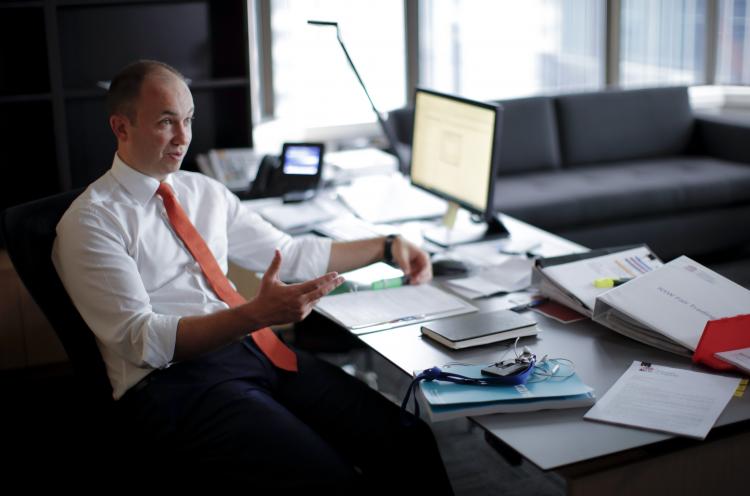
Jessica Tatt's daughter was just days old when the new mum was given devastating news.
Without any warning in pregnancy, Emily was born with congenital heart disease and needed open heart surgery at five days old. The shock to Ms Tatt was enormous.
Emily would need more surgery and Ms Tatt, 30, spent her maternity leave "basically as a full-time nurse" administering 12 medications a day. Depression and anxiety set in.
Ms Tatt was diagnosed with post traumatic stress disorder, general anxiety disorder and postnatal depression. When her maternity leave was over, she was terrified about returning to work.
"The thought of work was extremely daunting ... I was worried I couldn't do my job, that I would be fired," Ms Tatt said. But her fears were unfounded, thanks to an "extremely supportive" workplace.
Ms Tatt works in the construction industry at Lend Lease.
"Once I got back to work, everyone was amazing and I had flexible work arrangements for when I needed to go to doctors' appointments, I was put in touch with a counsellor and there were people constantly checking in on me," Ms Tatt said.
Mental health in the workplace will be a key feature in this year's state budget and the government will spend $55 million on supporting workers in their jobs.
The Better Regulation minister, Matt Kean, the Treasurer Dominic Perrottet and Minister for Mental Health Tanya Davies will launch a long-term plan for mentally healthy workplaces on Thursday.
Mr Kean said strategy represented the "single-biggest investment in workplace mental health
in the country’s history”.
“At any given time, more than half a million NSW workers experience mental ill-health, which is just a staggering statistic,” Mr Kean said.
“With one third of adult life spent at work, the workplace can play a big role in promoting mental health, and reducing the impact and severity of mental ill-health.”
Mr Kean said the strategy was developed in consultation with people who have experienced mental illness, workers, academics, advocates, and industry and worker representatives.
The full article by Alexandra Smith can be found on The Sydney Morning Herald online.
